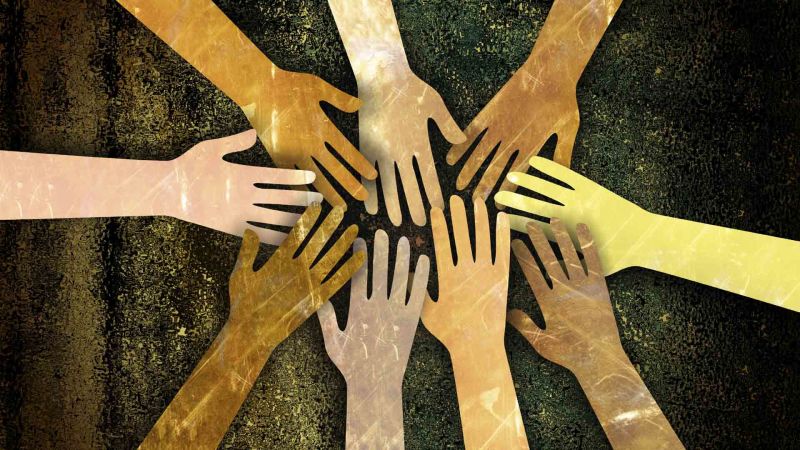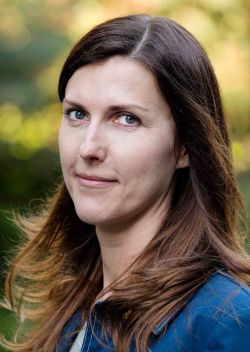The following is an excerpt from Mission High: One School, How Experts Tried to Fail It, and the Students and Teachers Who Make It Triumph, describing the challenges of Pirette McKamey, a teacher at Mission High School in San Francisco. Reprinted with permission from Nation Books.
Almost thirty years later, McKamey still often remembers her former teacher and recently sent him a thank-you letter when she heard that he had retired: “I have had a teaching career for twenty-five years myself now, some of it spent mentoring novice teachers, so I know how rare what you did is,” she wrote. “Fran, you always made me feel smart.” McKamey’s parents also said that she was intelligent, but Bradley was the first teacher who had the skills to provide evidence: his comments in class about the substance of her ideas, his feedback on her writing, the enthusiasm in his voice when he discussed her thinking. Over the course of a year, that proof solidified into a confidence that couldn’t be easily shaken anymore. It was that pride in her intellect that gave her the fortitude and resilience to cut through many racial stereotypes and negative myths as she made her way through high school and then Boston University.
Some students gather enough confidence from their teachers, family, mentors, and peers to succeed in spite of subtle and overt social cues that signal the perceived intellectual inferiority of black people. But too many African American students that McKamey encounters fall off the cliff. They internalize the damaging feeling of inferiority that young adults pick up even from the most casual encounters in and out of the classroom. Some are explicit demands for silence directed at black students. Others are more subtle rejections: averted gazes, hesitations, and pauses.
Jesmyn first met McKamey four years ago, when she walked into a night class to fix an F she had received in English. The first thing Jesmyn declared—with much conviction—was that she wasn’t good at school. The second statement she made was that she was a bad writer. Her teacher listened patiently, she recalls, and looked at her differently than any other teacher before. “Ms. McKamey was able to see the good in me through the worst of my times,” Jesmyn recalls now. “When I came to Mission, I was going through a lot of challenges in my life and I was a mess. I had a huge attitude. But Ms. McKamey continued to remind me that I was a wise and beautiful young lady every chance she got. If I didn’t feel like reading or writing and I gave her attitude, she’d give it right back to me, but then there was a compliment about my work right after.”
She got an A– in that night class with McKamey. “I worked my butt off learning grammar and writing,” she says. “When I heard my grade, I thought they made a mistake.” A year earlier, she had transferred to Mission High with a GPA of 1.1.




